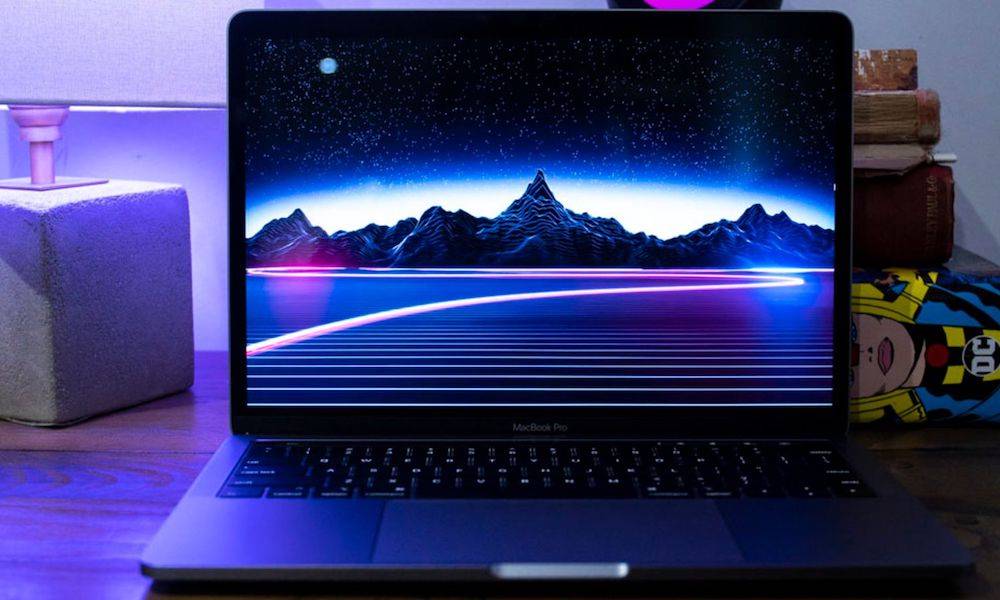Your New MacBook Pro Might ‘Cease Functioning’ If You Repair It Yourself
 Credit: Gizmodo
Credit: Gizmodo
Toggle Dark Mode
Multiple reports out this week suggest that some of Apple’s most advanced Mac computers (including its 2018 MacBook Pro and late-2017 iMac Pro) are likely to “cease functioning” if they are serviced for major repairs or after-market upgrades by anyone other than an Apple employee, Apple service representative, or third-party Apple Authorized Service Provider.
Citing documents distributed to select Apple Authorized Service Providers this week, both Motherboard and MacRumors report that Apple’s now requiring the use of special diagnostic software (known internally as the AST 2 System Configuration Suite) whenever performing repairs on any product equipped with its T2 security chip, which currently include Mac models like the late-2017 iMac Pro and 2018 MacBook Pro with OLED Touch Bar.
Failure to run the software suite after the repair has been carried-out, according to the reports, will result in the unit “ceasing to function” (in other words, being bricked).
What Are My Repair Options?
Fortunately, not all repairs require use of the AST 2 System Configuration Suite. For example, you can still swap out certain external pieces, like the MacBook Pro’s bottom case or the iMac Pro’s back panel. But, according to Motherboard, the majority of repairs (including those involving any after-market spec upgrades) are not going to be successful without the software.
And, according to documents cited in both reports, Apple, along with its licensed and registered third-party service providers, are the only ones with access to the software, meaning the likelihood of conducting a repair on these machines with an unlicensed or underground service provider is almost certain to result in system failure, too.
Performing repairs on the MacBook Pro, such as “replacing or repairing the display assembly, logic board, Touch ID board, or the top of the case that includes the keyboard and touchpad,” will require running the special software suite.
And repairing the iMac Pro, such as by replacing the main logic board or flash storage will likewise require running the diagnostic software, Motherboard reports.
It’s worth pointing out that replacing the RAM or SSD storage on either the 2018 MacBook Pro or iMac Pro will require removing the logic board from the machine, entirely, making it even more difficult to upgrade these components, successfully, after the fact.
An Anti-Consumer Decision?
As Motherboard points out, requiring software that only Apple employees and Apple Authorized Service Providers (who’ve paid to be licensed by Apple to perform repairs on its products) is somewhat of an anti-consumer move on the company’s part, similar to what John Deere recently stipulated for those looking to repair any of its recent tractor models.
However, as MacRumors notes, Apple’s new requirement for these models is more of a mandatory stipulation because of its T2 chip, which “integrates several previously separate components, including the system management controller, image signal processor, audio controller, and SSD controller.”
The T2 chip, which also harnesses the power of Apple’s Secure Enclave co-processor for secure boot, encrypted storage, and authenticating Touch ID, must run the AST 2 System Configuration Suite in order to reboot and authenticate the user after their repair is complete.
To initiate a repair on your 2018 MacBook Pro or late-2017 iMac Pro, your best bet would be to do so through Apple directly, by visiting the company’s official Get Support page and filling out a request.






